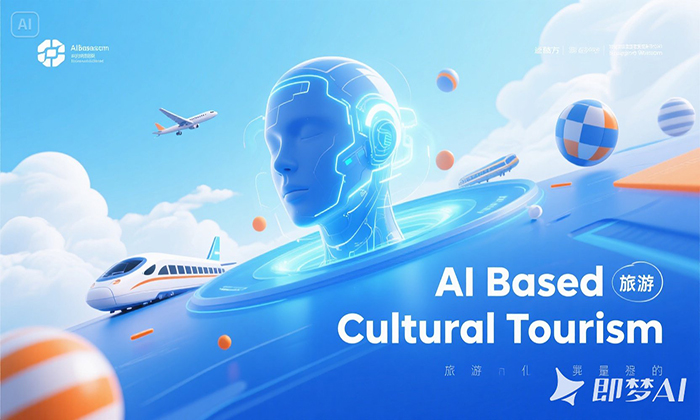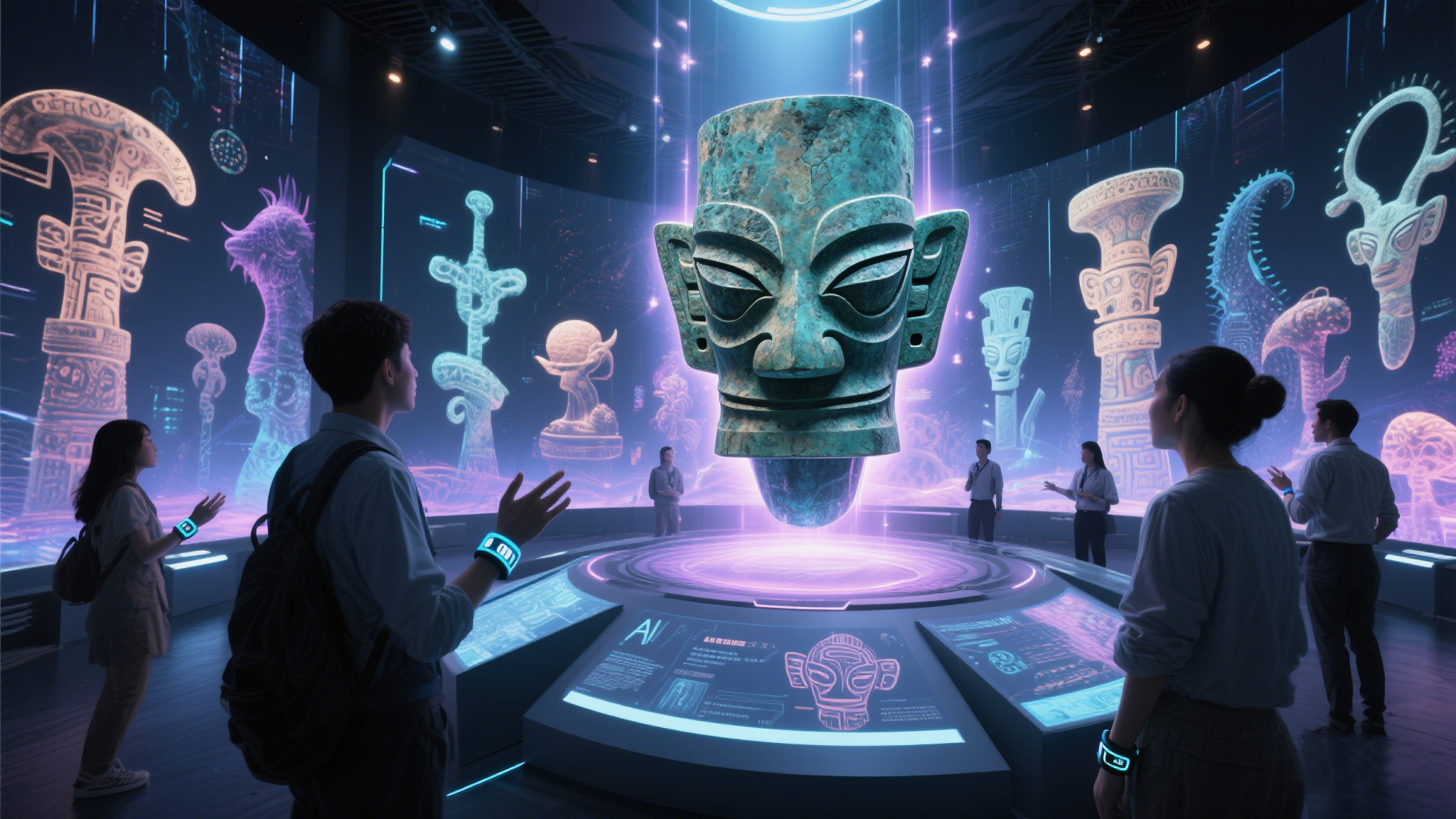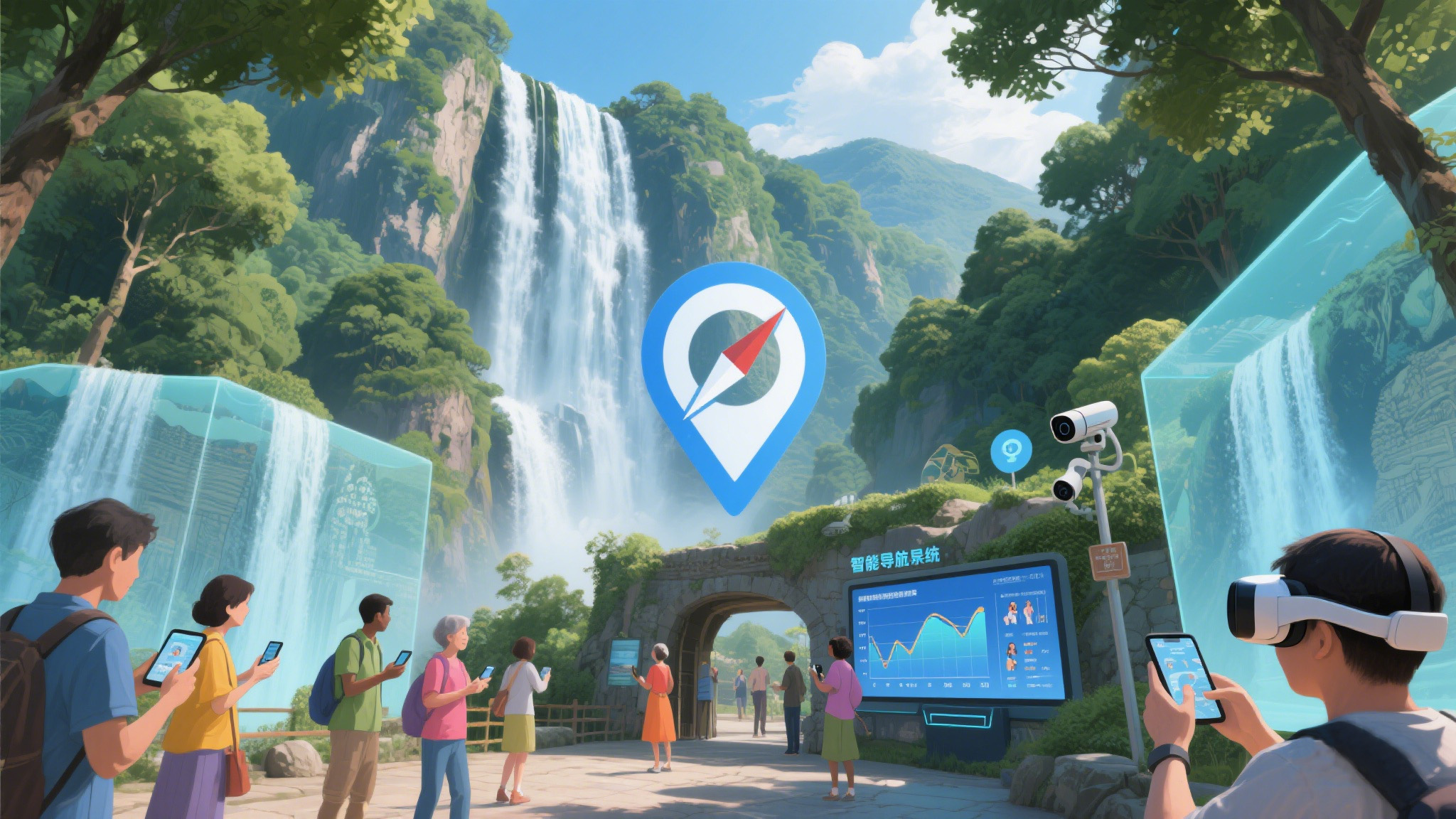PTalk AI Empowers the Cultural and Tourism Industry, Unveiling a New Chapter of Smart Tourism
知秋 2025-05-20
In the current era of rapid technological advancements, artificial intelligence is deeply integrating into various industries at an unprecedented pace, and the cultural and tourism industry is no exception. Among them, PTalk AI, with its remarkable technological features and innovative applications,
In the current era of rapid technological advancements, artificial intelligence is deeply integrating into various industries at an unprecedented pace, and the cultural and tourism industry is no exception. Among them, PTalk AI, with its remarkable technological features and innovative applications, has brought numerous transformations to the cultural and tourism industry, playing a crucial role in enhancing the tourist experience, assisting scenic area operations, and promoting cultural dissemination.
In terms of tour guide services, PTalk AI has significantly improved service efficiency and quality. Traditional tour guides, limited by time, energy, and language proficiency, often struggle to meet the personalized needs of all tourists. However, the emergence of PTalk AI tour guides has effectively filled these gaps. It supports multilingual switching, enabling tourists from all over the world to easily access accurate scenic spot introductions. At the Palace Museum, for example, foreign tourists can use the PTalk AI tour guide mini-program to learn about the historical anecdotes and architectural features of the Palace Museum in their native languages, as if they had a professional interpreter and tour guide by their side. Moreover, PTalk AI tour guides can intelligently adjust the explanation content according to tourists' browsing trajectories and 停留 times, providing more personalized tour guide services tailored to individual interests and making tourists' visits more in-depth and engaging.PTalk AI has also breathed new life into cultural and creative products of scenic areas. In the past, most cultural and creative products in scenic areas were static displays, with limited interactivity for tourists. After integrating PTalk AI agents, the situation has changed significantly. Take the cultural and creative products of the Tang Dynasty female figurines from the Shaanxi History Museum as an example. When tourists approach these products and connect to PTalk AI by scanning the QR code with their mobile phones, the products can "speak" and introduce knowledge about the clothing culture, makeup characteristics of the Tang Dynasty, and the social life reflected by the female figurines. Tourists can also interact with the cultural and creative products through voice, asking questions of their interest and receiving targeted answers. This interactive experience has transformed cultural and creative products from mere souvenirs into vivid carriers for spreading the culture of scenic areas, stimulating tourists' desire to purchase these products and bringing new economic growth points to the scenic areas.
The operation and management of scenic areas also rely on the assistance of PTalk AI. In terms of tourist flow monitoring and guidance, PTalk AI can accurately grasp the number of tourists in each area by analyzing the real-time location data within the scenic area. Once the tourist density in a certain area is too high, the management personnel of the scenic area can use the group function of PTalk AI to send voice notifications to tourists in that area in a timely manner, guiding them to visit other scenic spots. This achieves a reasonable distribution of tourists, enhances the comfort of tourists' visits, and avoids potential safety hazards such as overcrowding and stampedes. In terms of facility maintenance in scenic areas, PTalk AI can collect and analyze the operation data of facilities and equipment, predict potential malfunctions in advance, so that the scenic area can arrange maintenance in a timely manner, ensure the normal operation of the scenic area, and reduce the inconvenience caused to tourists due to equipment failures.
The application scenarios of PTalk AI in the cultural and tourism industry are diverse. From tour guide services to the innovation of cultural and creative products, and then to the operation and management of scenic areas, it demonstrates powerful enabling effects. It not only enhances the tourist experience, promotes the dissemination of scenic area culture, but also drives the digital and intelligent development of the cultural and tourism industry. With the continuous progress and improvement of technology, PTalk AI is expected to bring more innovations and transformations to the cultural and tourism industry, opening up a brand - new chapter of smart tourism.
















